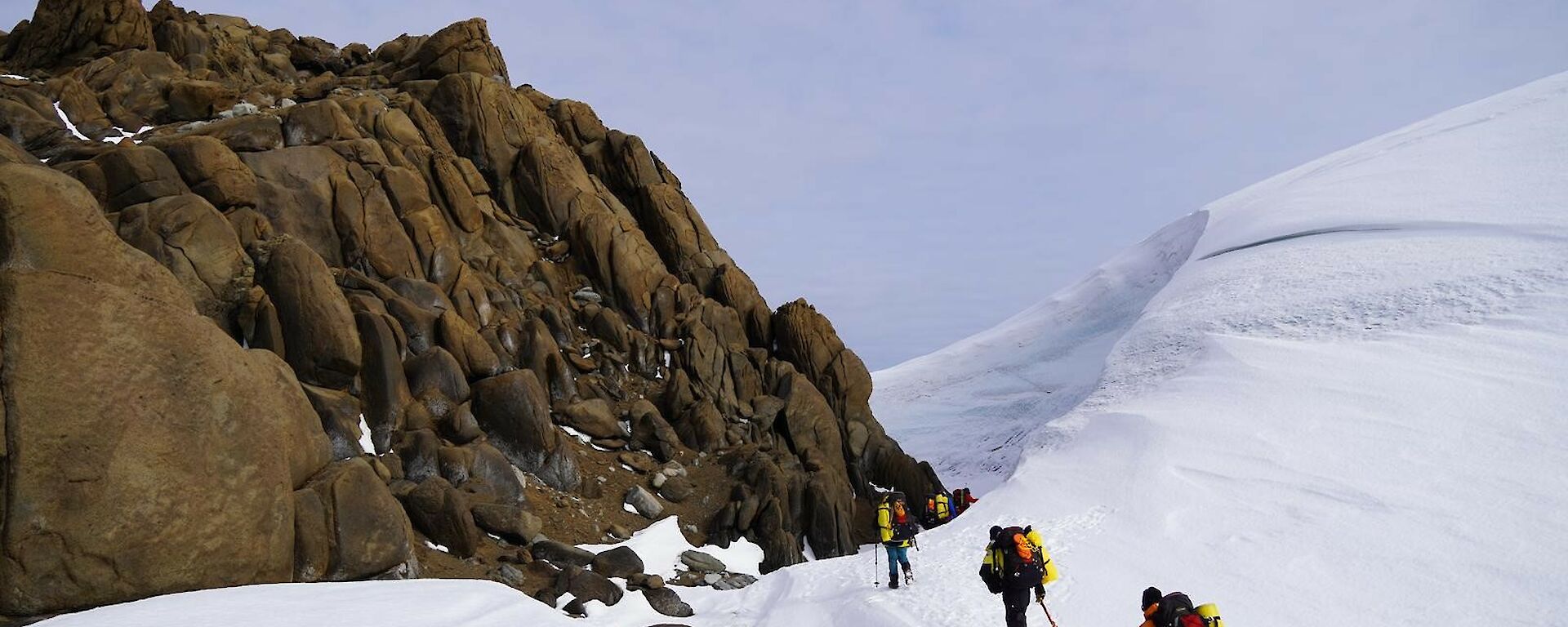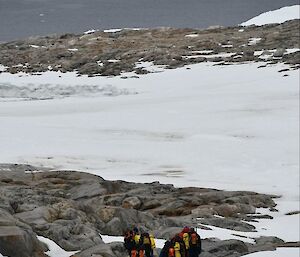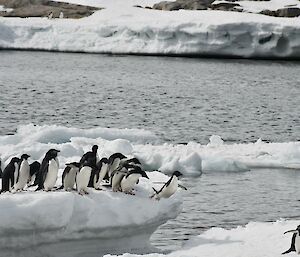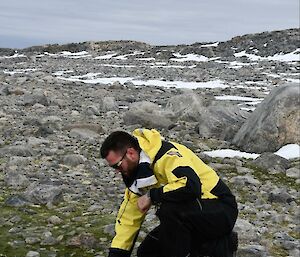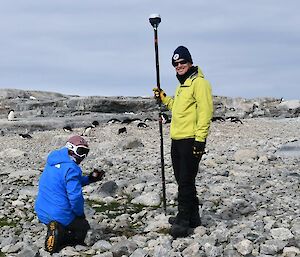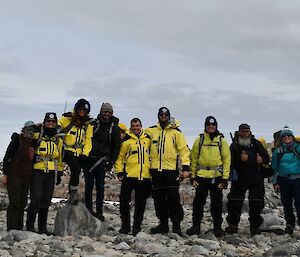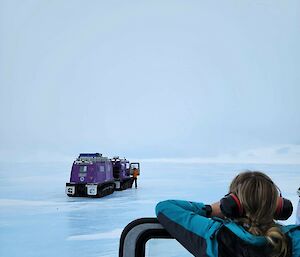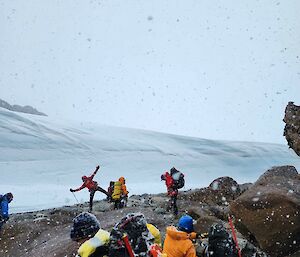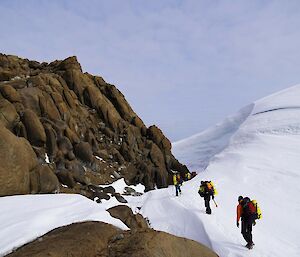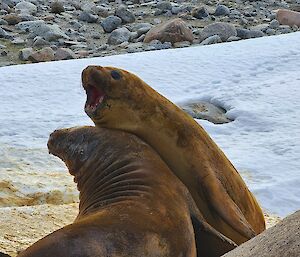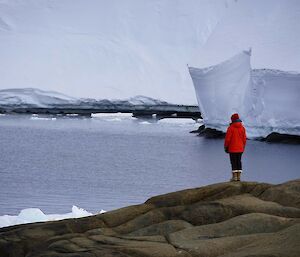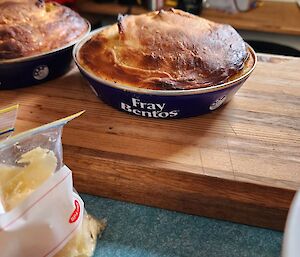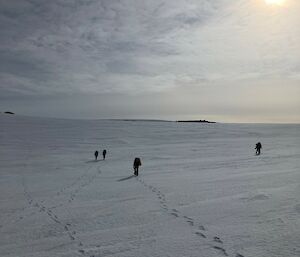Eight of our expeditioners left station after dinner on Wednesday evening.
Field Training Officers Maddie, Gemma and Gideon; boilermaker Dom; Doctor Liv; sparky Rob; and scientists Kasey and Gwil (me). Destined for Browning Hut and field travel training, there was much excitement in the air. “VNJ Casey, VNJ Casey, Purple Hagg, Channel 7” said Leader Maddie, letting our Comms Team know we were leaving station as we made our way out to Penguin Pass. We were off! Field travel training is the next step on from survival training, where you learn more navigation skills and how to lead a team. It is an essential requirement to becoming a trip leader.
The trip to Browning is about 60 km as the Hägg flies, which translates into a 3 to 4 hour journey. The “A-line” is our highway, it connects Casey to Wilkins Aerodrome and we were clocking speeds of up to 25 km/hr! Once we hit the “B-line”, which connects the A-line to Browning, speeds dropped to 10-15 km/hr, a far less travelled path with plenty of blue ice to navigate.
Leaving after dinner meant a late arrival at the hut. Keen to get things sorted for bed, we were met with a 2 foot wall of snow and ice in front of the toilet door (a separate, humble shed-like annex to the hut). Out came the shovel and pickaxe and the team collectively got to work, the first task of field travel training…had Maddie planned this all along? With the toilet finally freed from the ice it was time for bed.
Thursday morning arrived and we emerged from our bunks. A quick breakfast, then into navigation refreshers and training around the small table. However, nav training was not before Leader Maddie had Dom prepare for the morning sked (a report back to station to relay weather and plans). We eagerly tune into channel 21 to listen to Dom’s first sked, only to find that we only received a weather forecast and Dom’s well researched sked wasn’t required until the evening… another test by Maddie! Back to navigation training.
With our navigation refreshers all sorted, we were off on a hike around the peninsula. The first leg led by Dom, the second by me, followed by Kasey, Liv, then Rob. We used a combination of compass and map, GPS, and identifiable land features to navigate our way point-to-point around the undulating mix of rocky outcrops and snow-laden valleys. One thing that is immediately clear about the Browning Peninsula is that it is not like the other areas surrounding the Windmill Islands (where Casey station resides). The terrain is steeper and more varied, the soils plentiful and diverse in colour, much to the delight of resident soil scientists Kasey and myself. We were unsure why the rest of the party were not as equally enthralled by these soils.
With all our navigation paths complete, it was time to head to ‘the secret spot’. A place Maddie had been dropping hints about all day, hyping us up a plenty! We were not disappointed. We rounded a corner and a giant rock ‘scour tower’ rose up above the snow. We circumnavigated the tower stopping for photos of stalactites of ice caging hidden snow caves. We then headed back to our hut-home for dinner. This consisted of Fray Bentos (tinned pies for the uninitiated), leftover dinners from station, two-minute noodles, and hot noodle juice.
The following morning, we had a quick trip down to an elephant seal haul-out spot and were treated to four or five adolescent males hanging out amongst the rocks. Their roars, sounding more like long burps, rang out as we watched them rolling around. Penguins danced through the nearby waters with the backdrop of the Vanderford Glacier. Leaving the seals, we headed back to the hut to pack up and be on our way back to station. A great few days of learning and fun.
Eight friends returned to station before dinner on Friday evening.
- Gwil Price

